The Impact of Technology on NYC Museum School Students
Tenth grade students Hao Gillooly and Wiktoria Krezlewicz hard at work on their laptops.
April 4, 2022
Following the transition of blended learning into the 2021-22 school year, technology has become a vital part of N.Y.C Museum School’s curriculum. As we learn to readapt to classroom environments, teachers have found unique ways of incorporating digital and written assignments into their lesson plans.
“I try to use a lot of different modes of technology,” explained Scott Wassmuth, the AP Environmental Science and Regents Earth Science teacher at NYC Museum School. “For example, when we first started coming back I used things like Nearpod, collaborative documents, and I showcased different types of media like video clips so students could better connect with the material.”
When asked if he believed that the increased use of technology has benefited the teaching and learning experience Wassmuth stated, “It has. Students have access to an enormous amount of information at their fingertips. There has never been another time where you could fact check or figure something out right away.”
While technology can be a tool that provides accessibility and efficiency, it also has several drawbacks that detract from the learning experience. AP Statistics, Precalculus, and Algebra II teacher David Cardenas said, “It’s fine if students use technology but there has to be a way to limit the use in order to prevent it from becoming explosive.”
Some students also saw the negatives in technology use in the classroom. The endless possibilities of technology can easily lead to distraction and make work overwhelming. Without the correct time management and productivity skills that were difficult for students to form over quarantine, work can simply become an afterthought in a student’s mind. “In class, I get very distracted when using technology,” said tenth grader Scarlett Kennedy. “Although I don’t suffer greatly, it makes work very tedious.”

Technology has dramatically changed our classrooms and this transition does not make handling the rigorous load of schoolwork any easier. “I think the transition in itself was too abrupt and inconvenient, but I’ve definitely adapted over time and technology has become a very useful resource,” Kennedy added.
She also pointed out the fact that some teachers have begun to realize the distractions students’ new access to the internet has caused, and have started taking actions towards curbing such behavior. “For example, Ms. DeStefano, our English teacher, has us close our computers in order to limit distractions and focus solely on her lesson.”
Kennedy’s opinion is a common theme amongst students, displayed in a survey where they were asked how they felt about technology at Museum School. The survey questioned 15 students and 93.3% agreed that technology has benefited their understanding of the material.
Finley Eisenberg, another 10th grade student at N.Y.C Museum School, said, “I prefer typing to handwriting for sure, and there are programs and in-depth examples that can’t easily be shown by other means.” Eisenberg, and the majority of other students who contributed to the survey, believe that using technology has positively transformed their learning experience, providing a wide range of information that could not be accessed before.
Although multiple students stated that the transition into this school year felt somewhat rushed, it still appears to be beneficial for most students and shows they have adapted their learning habits to accommodate the new influx of technology.











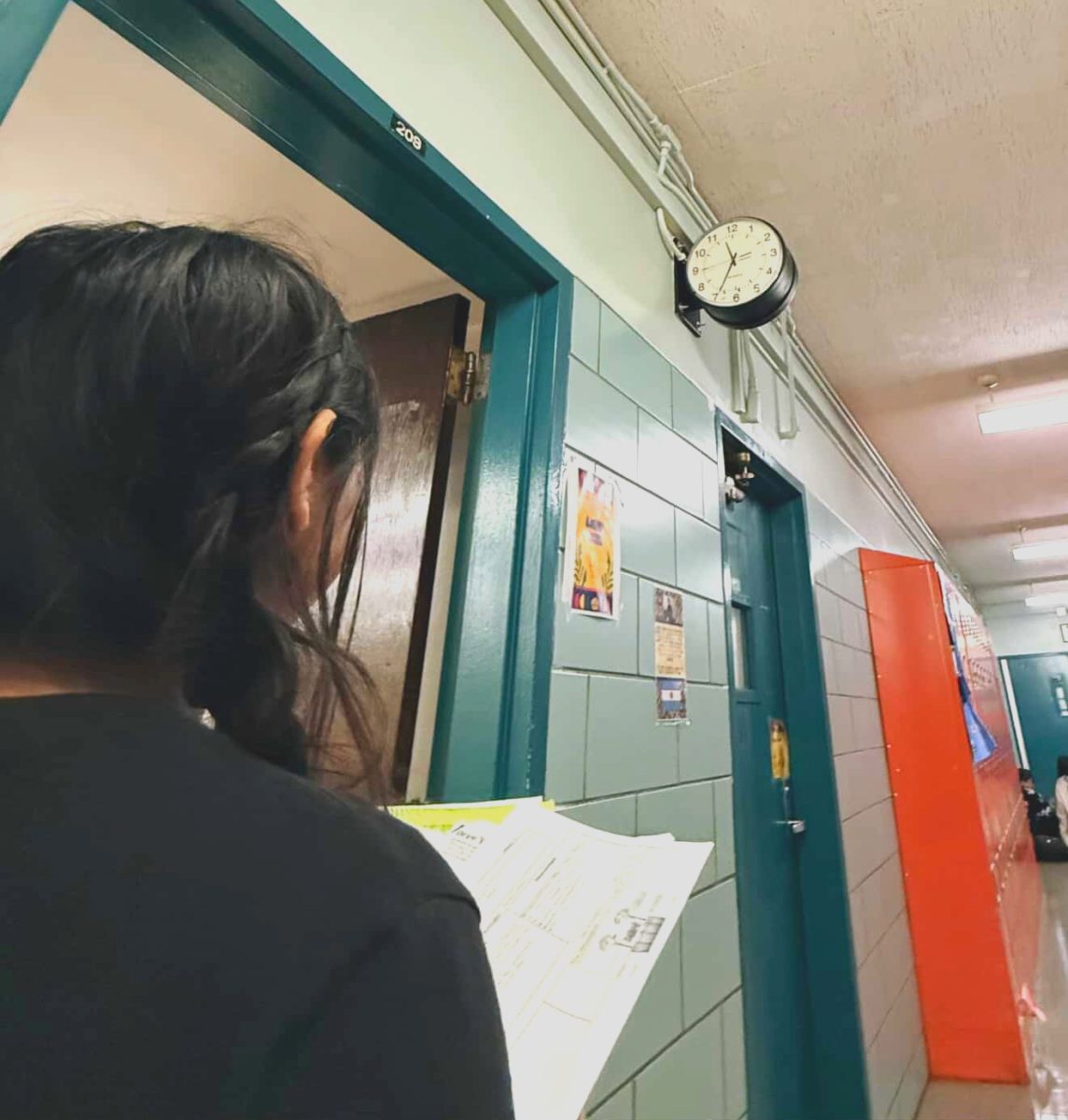



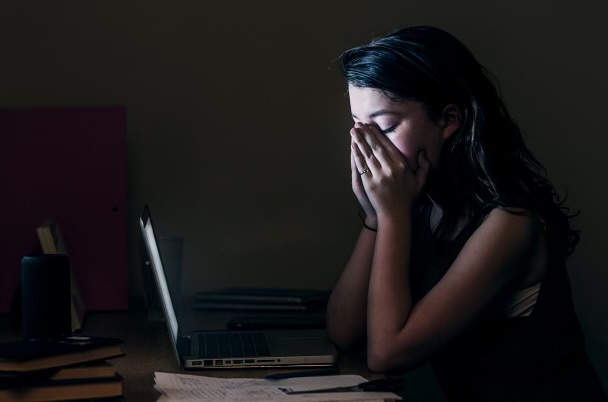






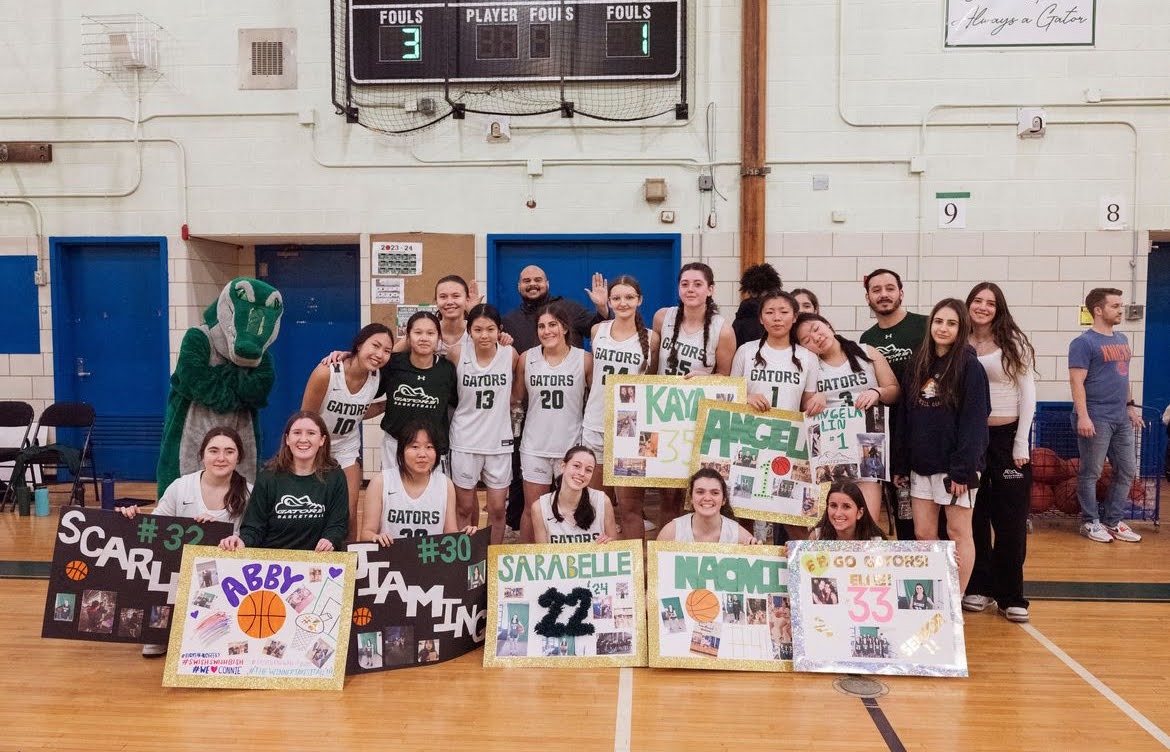


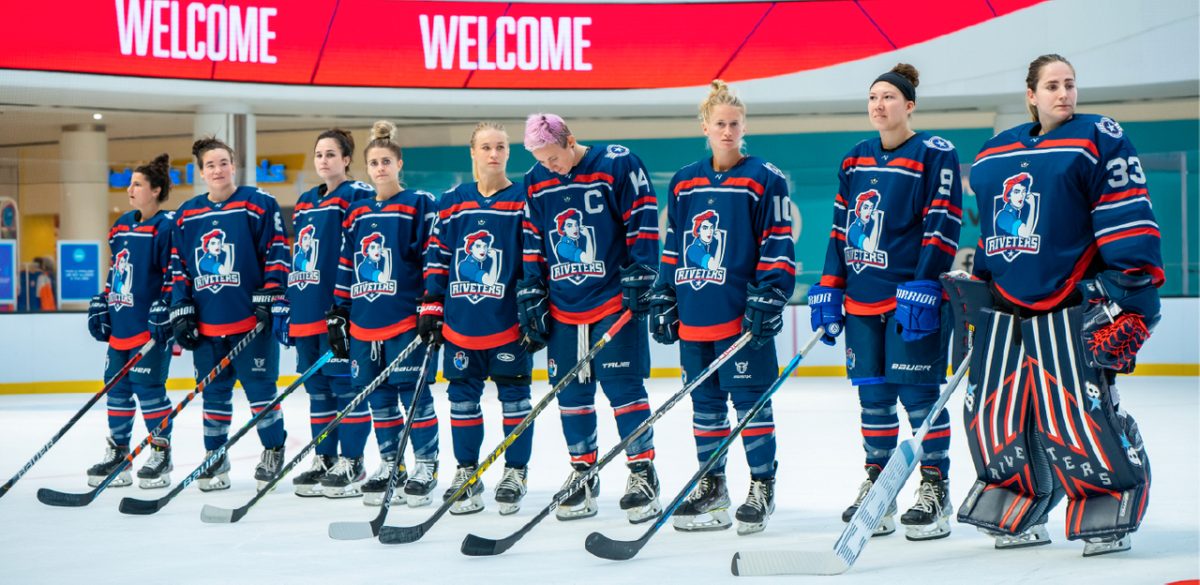
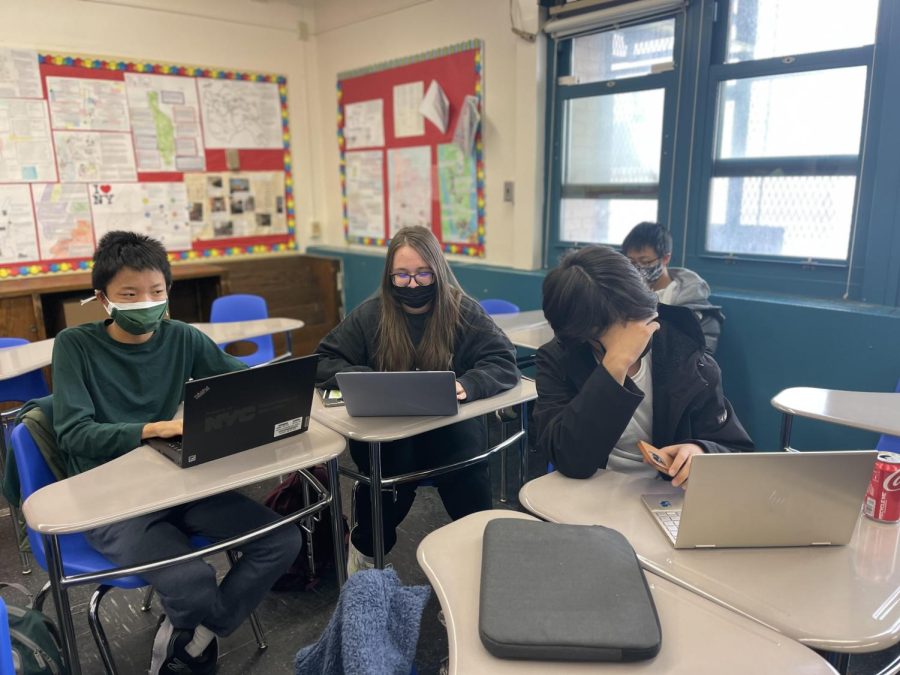

Hayley • Apr 8, 2022 at 11:00 am
Very well written!
Humayra afrin • Apr 8, 2022 at 10:41 am
School Wi-Fi makes me wanna cry
Zara Leung • Apr 7, 2022 at 1:48 pm
This is so good
rachwang1 • Apr 7, 2022 at 10:30 am
Technology will rule
the future
Violet Cole • Apr 7, 2022 at 7:55 am
This is a really good article Caroline!